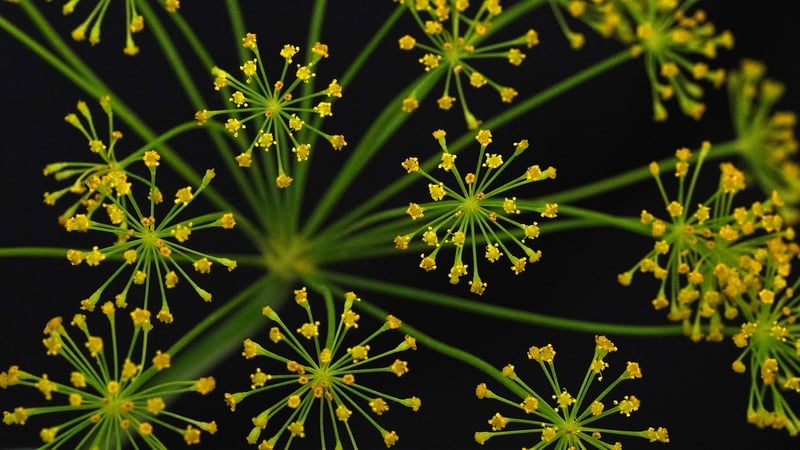Seasoning Techniques
Enhance Your Culinary Skills with Advanced Seasoning Techniques
Are you looking to elevate your cooking to the next level? One of the key elements in creating delicious and memorable dishes is mastering the art of seasoning. By exploring advanced seasoning techniques, you can transform ordinary meals into extraordinary culinary experiences. Let's delve into some innovative ways to enhance your dishes with flavor.
1. Layering Flavors
Layering flavors is a technique that involves adding different seasonings at various stages of cooking to build depth and complexity. Start by seasoning your ingredients with salt and pepper, then incorporate herbs, spices, and aromatics as you cook. This gradual approach allows the flavors to meld together harmoniously, creating a rich and well-balanced dish.
2. Infusing Oils and Vinegars
Infusing oils and vinegars with herbs, spices, or citrus zest is a fantastic way to add a burst of flavor to your dishes. Simply heat the oil or vinegar with your chosen ingredients over low heat to extract their essence. Use these infused oils and vinegars in dressings, marinades, or as a finishing touch to enhance the taste of your meals.
3. Dry Rubs and Marinades
Dry rubs and marinades are great for intensifying the flavor of meats, seafood, and vegetables. Create your own blend of spices, herbs, salt, sugar, and aromatics to coat your ingredients before cooking. Allow the flavors to penetrate the food by marinating it for a few hours or overnight, resulting in tender and flavorful dishes.
4. Seasoning with Citrus
Citrus fruits such as lemons, limes, and oranges can brighten up dishes with their refreshing and tangy flavor. Grate the zest or squeeze the juice of citrus fruits into your recipes to add a zesty kick. Citrus seasoning works well in both savory and sweet dishes, enhancing the overall taste profile.
5. Balancing Sweet and Savory
Mastering the balance between sweet and savory flavors can take your dishes to new heights. Experiment with incorporating sweet elements like honey, maple syrup, or fruit into savory dishes to create a harmonious contrast. This interplay of flavors adds complexity and depth to your cooking.
6. Using Fresh Herbs
Fresh herbs are a vibrant and aromatic addition to any dish, providing a burst of freshness and flavor. Whether you grow your own herbs or purchase them from the store, adding fresh herbs like basil, cilantro, mint, or parsley can elevate the taste of your meals. Chop or tear the herbs and sprinkle them over your dishes just before serving for a pop of color and taste.
7. Experimenting with Umami
Umami is known as the fifth taste, characterized by a savory and rich flavor profile. Enhance the umami taste in your dishes by incorporating ingredients such as soy sauce, miso paste, mushrooms, tomatoes, and Parmesan cheese. These umami-rich foods can deepen the overall flavor of your recipes and add a satisfying savory note.
By incorporating these advanced seasoning techniques into your cooking repertoire, you can unlock a world of flavors and textures that will impress your family and guests. Get creative in the kitchen, experiment with different seasonings, and let your culinary skills shine!
Remember, practice makes perfect, so don't be afraid to explore new flavor combinations and techniques to enhance your dishes. Happy cooking!

For more culinary inspiration and recipes, check out Food Network.
